E DINBURGH
Literary Lives & Landscapes
For Bernadette with love
E DINBURGH
Literary Lives & Landscapes
D AVID C ARROLL

First published in 2004 by Sutton Publishing.
This paperback edition published in 2011 by
The History Press
The Mill, Brimscombe Port
Stroud, Gloucestershire, GL 5 2 QG
www.thehistorypress.co.uk
This ebook edition first published in 2013
All rights reserved
David Carroll, 2004, 2011, 2013
The right of David Carroll to be identified as the Author of this work has been asserted in accordance with the Copyright, Designs and Patents Act 1988.
This ebook is copyright material and must not be copied, reproduced, transferred, distributed, leased, licensed or publicly performed or used in any way except as specifically permitted in writing by the publishers, as allowed under the terms and conditions under which it was purchased or as strictly permitted by applicable copyright law. Any unauthorised distribution or use of this text may be a direct infringement of the authors and publishers rights, and those responsible may be liable in law accordingly.
EPUB ISBN 978 0 7509 5352 8
Original typesetting by The History Press
CONTENTS
PREFACE
O utside London, Edinburgh can surely boast the richest literary heritage of any major city in Britain. Standing on the sometimes windswept south bank of the Firth of Forth, and presided over by an ancient castle and the extinct volcano of Arthurs Seat, the spacious Georgian streets and squares of Edinburghs New Town, coupled with the tenements and narrow wynds of its historic Old Town, have echoed down the centuries with the footsteps of world-famous native writers such as Sir Walter Scott, Robert Louis Stevenson and Sir Arthur Conan Doyle. There have been many illustrious literary visitors too, including Samuel Johnson, Robert Burns and Charles Dickens. Meanwhile, other famous authors Thomas Carlyle and J.M. Barrie among them were drawn to the city in their youth to study at Edinburghs venerable university.
My aim in this book is to explore the lives of many of those writers who, over the years, have to a greater or lesser degree forged a link with Edinburgh and to demonstrate, where appropriate, how that connection influenced or was reflected in their work. The result, I hope the reader will agree, has been to throw some light on the literary landscape of what many people still regard as the most elegant of cities.
Before we proceed I must point out that anyone delving into Edinburghs literary heritage owes a great debt to the work of two authors in particular: Trevor Royle, whose Precipitous City appeared in 1980, and Andrew Lownie, whose Literary Companion to Edinburgh was re-issued in 2000.
I have received help from many quarters during the preparation of this book. I am particularly grateful to Joan Lingard and Jenny Brown for talking to me at some length about the history of the Edinburgh International Book Festival; to Sarah Bryce at Sutton Publishing for her guidance; to my wife Bernadette Walsh for the time she spent researching and typing on my behalf (and for suggesting many of the chapter titles); to Andrew Bethune of the City Libraries Edinburgh Room and Alan Shedlock of Napier University for locating archive photographs; to Ian Ball and Richard Stenlake for other photographic assistance; and to the staff of Lochthorn Library, Dumfries, for their unfailing help. Finally, this book was completed despite the distractions of Sam and Toby who, each in their own special way, hindered my progress at every turn.
David Carroll
Shieldhill, 2004
ACKNOWLEDGEMENTS
I am grateful to the following for permission to quote extracts from copyright material:
What Images Return in Memoirs of a Modern Scotland (ed. Karl Miller, Faber & Faber, 1970), Curriculum Vitae (Constable, 1992) and The Prime of Miss Jean Brodie (Penguin, 1961), the respective publishers, Muriel Spark and David Higham Associates; The Greenwood Hat (Peter Davies, 1937), An Edinburgh Eleven (1889), Margaret Ogilvy (1896), Letters of J.M. Barrie (ed. Viola Meynell, Peter Davies, 1942), speeches made by J.M. Barrie in 1896 and 1926, an article written by J.M. Barrie for the Nottingham Journal in 1883, a letter from J.M. Barrie to Sylvia Llewelyn Davies in 1909 and Portrait of Barrie (James Barrie, 1954) by Lady Cynthia Asquith, Samuel French Ltd on behalf of the Estate of J.M. Barrie; Rebecca West. A Life (1987), Victoria Glendinning and Weidenfeld & Nicolson; Lives of the Poets (Weidenfeld & Nicolson, 1998), Michael Schmidt Michael Schmidt 1998; Compton Mackenzie: A Life, Andro Linklater (Chatto & Windus, 1987), used by permission of the Random House Group Ltd; The Journal of Sir Walter Scott (ed. W.E.K. Anderson, 1972), reprinted by permission of the editor and Oxford University Press; James Boswells Edinburgh Journals 176786 (ed. Hugh M. Milne, 2001 edn), Mercat Press Ltd; John Buchan by His Wife and Friends (ed. Lady Tweedsmuir, Hodder & Stoughton, 1947), Memory Hold-the-Door, John Buchan (Hodder & Stoughton, 1940), A.P. Watt Ltd on behalf of the Lord Tweedsmuir and Jean, Lady Tweedsmuir; Man and Roy in Scotland on Sunday (August 2002), Roy Hattersley; The Kiss (2002), Joan Lingard and Allison & Busby, London; The Judge by Rebecca West (Copyright Rebecca West, 1922), by permission of PFD on behalf of the Estate of Rebecca West; Edinburgh by Eric Linklater (Copyright Eric Linklater 1960), by permission of PFD on behalf of the Estate of Eric Linklater; lines from Edinburgh Courtyard in July and Milnes Bar from Collected Poems by Norman MacCaig (Chatto & Windus, 1985), reproduced by permission of Polygon, an imprint of Birlinn Ltd; Wilfred Owen, Jon Stallworthy (OUP, 1977 edn) and Wilfred Owen: Collected Letters (ed. Harold Owen and John Bell, OUP, 1967), reprinted by permission of Oxford University Press; J.A. Froudes Life of Carlyle (ed. John Clubbe, 1979), John Murray (Publishers) Ltd; My Life and Times: Octave Ten, Compton Mackenzie (Chatto & Windus, 1971), the Society of Authors as the Literary Representative of the Estate of Compton Mackenzie; Siegfrieds Journey (Faber & Faber, 1945), Sherstons Progress (Faber & Faber, 1936) and an extract from Siegfried Sassoons 1917 Declaration, Copyright Siegfried Sassoon, by kind permission of George Sassoon; Claire Harmans essay on Robert Louis Stevenson in Writers and their Houses (ed. Kate Marsh, Hamish Hamilton, 1993), The Penguin Group (UK); Charles Dickens, Una Pope-Hennessy (Chatto & Windus, 1945), used by permission of the Random House Group Ltd; The Carlyles at Home, Thea Holme (OUP, 1979 edn), reprinted by permission of Oxford University Press; the editor of The Bookseller for an extract from Tony Gould Daviess letter in the issue dated 15 January 1983. Attempts to trace the copyright holder of A Flame in Sunlight, Edward Sackville-West (Cassell & Co. 1936) and of The Story of J.M.B., Denis MacKail (Peter Davies, 1941) have proved unsuccessful. Any omissions from the above list are entirely unintentional, and I would be pleased to rectify them (upon notification) in any subsequent edition of this work.
 one
one 
BOSWELL AND JOHNSON
A Man led by a Bear
O n 16 May 1763, during one of his frequent and protracted visits to London, the future biographer James Boswell was visiting the Russell Street bookshop owned by his actor friend Thomas Davies in the Covent Garden district of the capital, when in through the doorway stepped the illustrious Samuel Johnson, thus setting in train one of the most celebrated of literary friendships in the entire history of English letters. Nearly two and a half centuries later their names are still inextricably linked Boswells peerless biography,
Next page
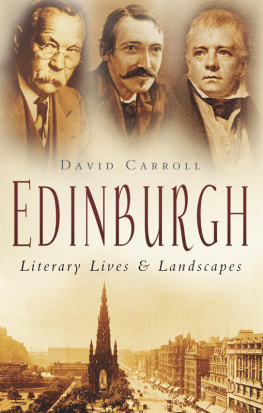



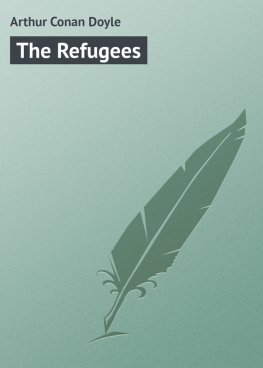
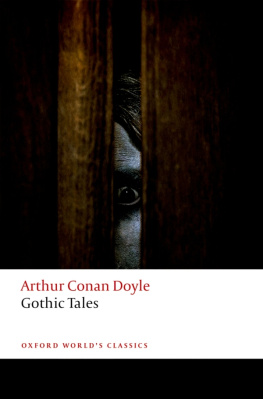
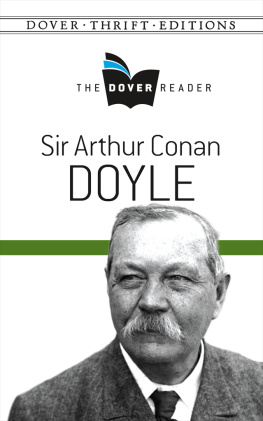
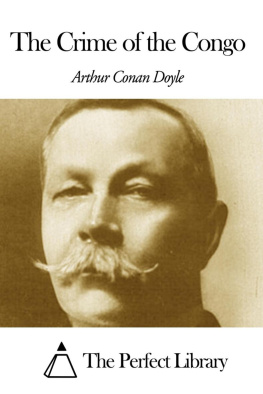
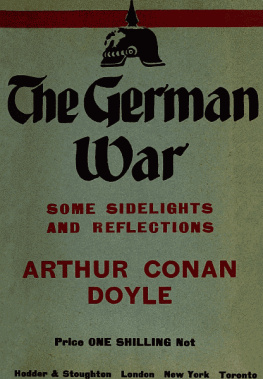
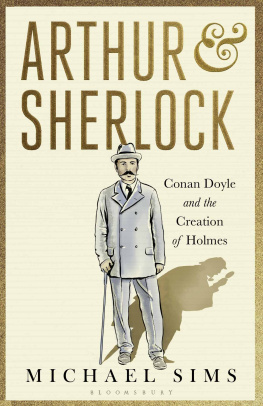

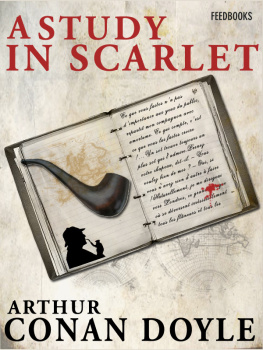
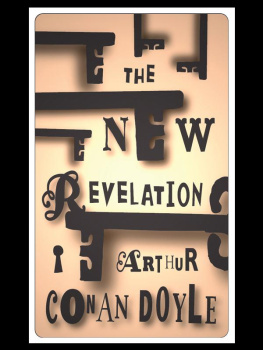
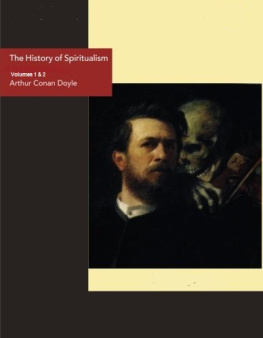
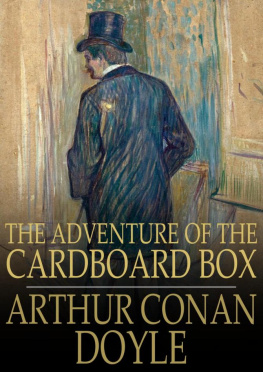

 one
one